June 24, 2025 | 14:30 GMT +7
June 24, 2025 | 14:30 GMT +7
Hotline: 0913.378.918
June 24, 2025 | 14:30 GMT +7
Hotline: 0913.378.918
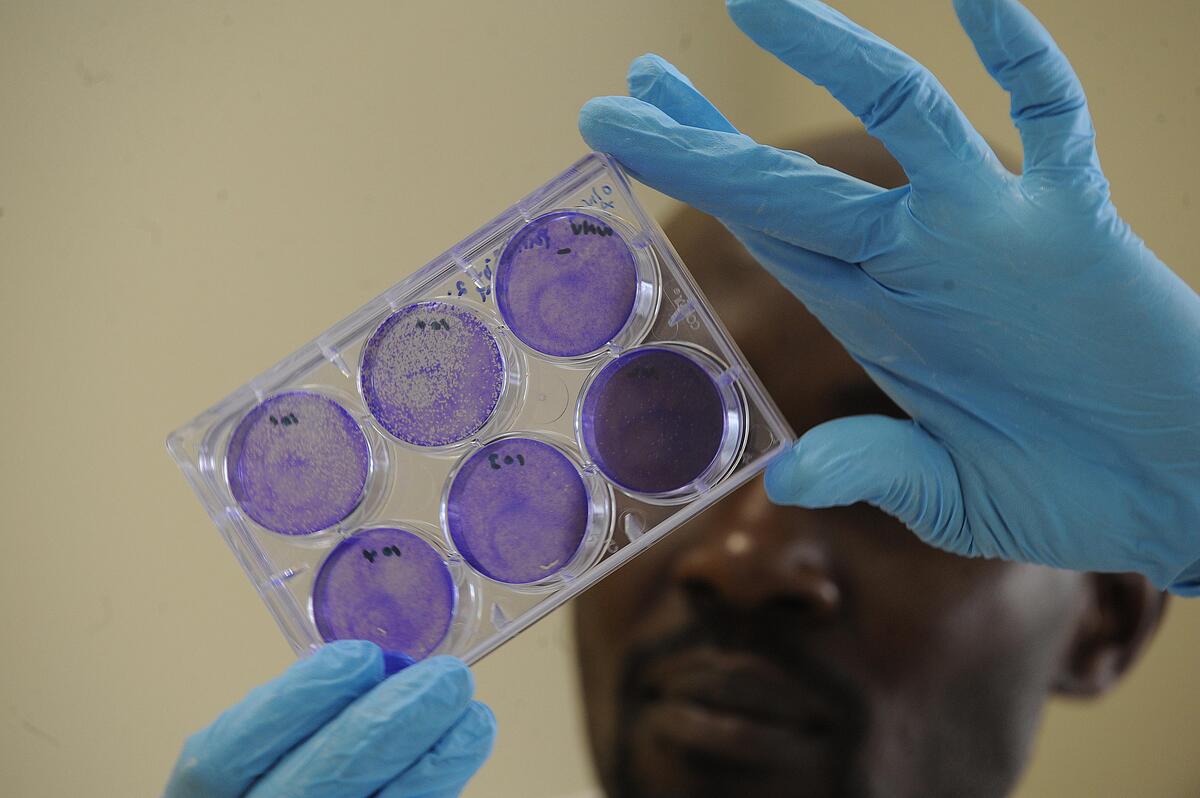
From tissue culture to gene editing, biotechnologies offer diverse tools for agrifood transformation.
That means drawing on science in all its forms – traditional, local, and cutting-edge – to transform agrifood systems to serve both people and the planet.
Biotechnology holds immense potential to enhance food production, improve nutrition, and build resilience. It is a vital component of the innovation "toolbox" to drive agrifood systems transformation. However, its adoption remains uneven, constrained by gaps in capacity, infrastructure, financing, and policy support.
How can biotechnologies deliver meaningful and equitable impacts? This is the central question FAO will explore at the Global Agrifood Biotechnologies Conference, taking place from 16 to 18 June 2025 at FAO headquarters in Rome. The conference will go beyond technologies themselves, to examine the ecosystems that allow innovation to thrive. Scientific ecosystems. Regulatory frameworks. Entrepreneurial environments.
Biotechnologies span a wide range of tools. Tissue culture and marker-assisted selection. Gene editing, synthetic biology, and precision fermentation. These methods can boost productivity and support climate adaptation. They reduce pressure on ecosystems. However, their deployment must be guided by careful consideration of social, ethical, and safety dimensions. Used responsibly, biotechnologies can help reshape agrifood systems. They can make them more efficient, inclusive, sustainable, and resilient.
FAO helps Members develop national biotechnology strategies. We strengthen technical capacity and build enabling policy environments. Our goal is clear: ensure that innovation reaches those who need it most. Small-scale producers and Indigenous communities. Youth-led startups building the agrifood systems of tomorrow.
Case studies from across FAO's work show how this looks in practice. In Bangladesh, genomics is improving dairy productivity through crossbreeding. In Ecuador, the sterile insect technique is helping control fruit flies as part of integrated pest management. In Africa, biotechnological tools are supporting the deployment of climate-resilient maize and pest-resistant cowpea. These innovations increase yields. But they also enable new business models and local solutions.
Transformation must go beyond improving yields or reaching the most vulnerable. It must also create opportunity. Around the world, young scientists and entrepreneurs are taking action. Women and agripreneurs are using biotechnology to develop practical solutions, generate income, and build businesses tailored to local needs. Whether improving seed quality, controlling pests, or enhancing animal genetics, biotechnology is becoming more than a production tool. It's a driver of inclusive innovation and rural development.
This shift is reflected in this year's Global Agrifood Biotechnologies Conference. The event will include an innovation challenge. Young entrepreneurs will share how they are shaping the future of food.
Debates around biotechnologies are often heated. But the question is not whether to use biotechnology. It's how to use it responsibly, equitably, and in line with national priorities.
No innovation exists in isolation. Strong institutions are essential. So are coherent policies, inclusive regulation, and the capacity to evaluate technologies. These foundations are key to realizing biotechnology's potential. These are the foundations FAO helps to build.
We live in a world shaped by conflicts, climate shocks, economic uncertainty, and persistent food insecurity. We cannot afford to overlook promising tools. With responsible governance and local leadership, biotechnology can help us build agrifood systems that nourish both people and the planet.
Let's shift the conversation - and get to work.
(FAO)
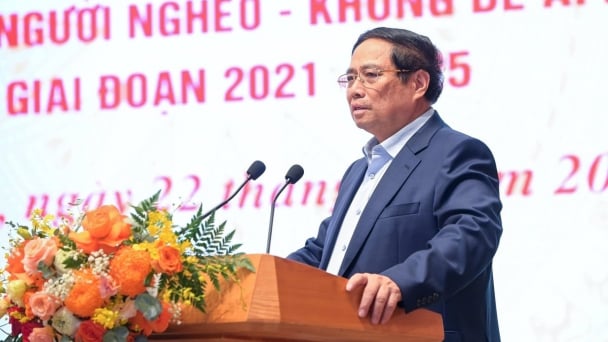
(VAN) Vietnam's national goal programs have effectively mobilized the combined strength of agriculture, farmers, and rural areas, thereby enhancing the material and spiritual well-being of the Vietnamese populace.
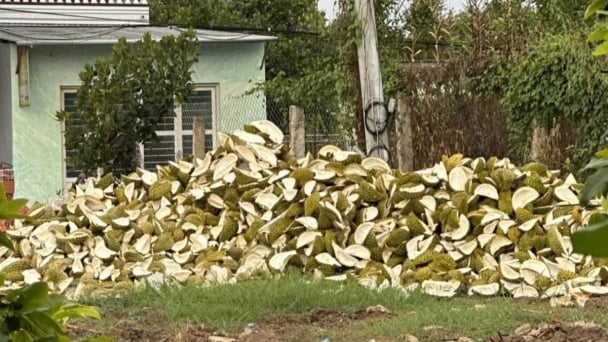
(VAN) The waste of resources from agricultural by-products and the situation of counterfeit and poor quality goods in production causing losses of thousands of billions were pointed out by the National Assembly deputy.
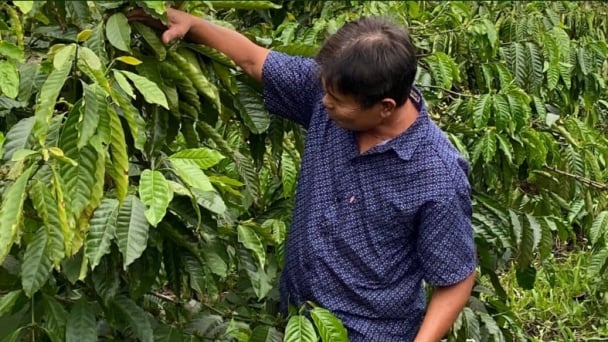
(VAN) After 5 years of implementation, the CAI initiative has helped coffee growers change their farming practices, moving toward responsible agriculture that meets global export standards.
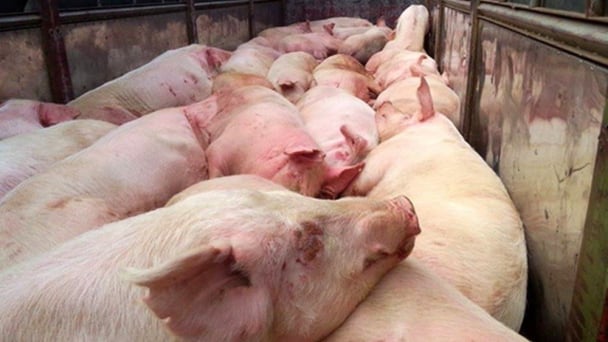
(VAN) The primary prerequisite for the comprehensive and robust integration of Vietnam's livestock sector into the global value chain is the establishment of a disease control system.
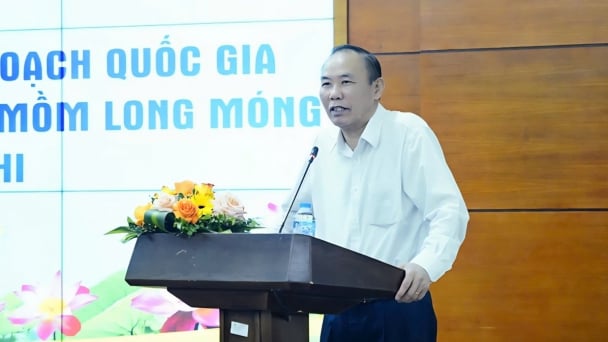
(VAN) The results of national programs are essential for establishing a contemporary livestock sector that is well-equipped to meet the demands of both domestic and international markets, with robust biosafety standards.
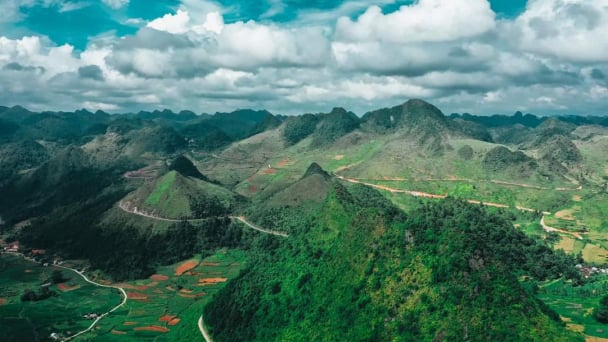
(VAN) The UNESCO Global Geopark revalidation of Non nuoc Cao Bang and the transition to a two-tier administrative model are presently undergoing a pivotal moment in Cao Bang, the northernmost province of Vietnam.